Who Are Our Modern Medici?
Some thoughts during a visit to Florence
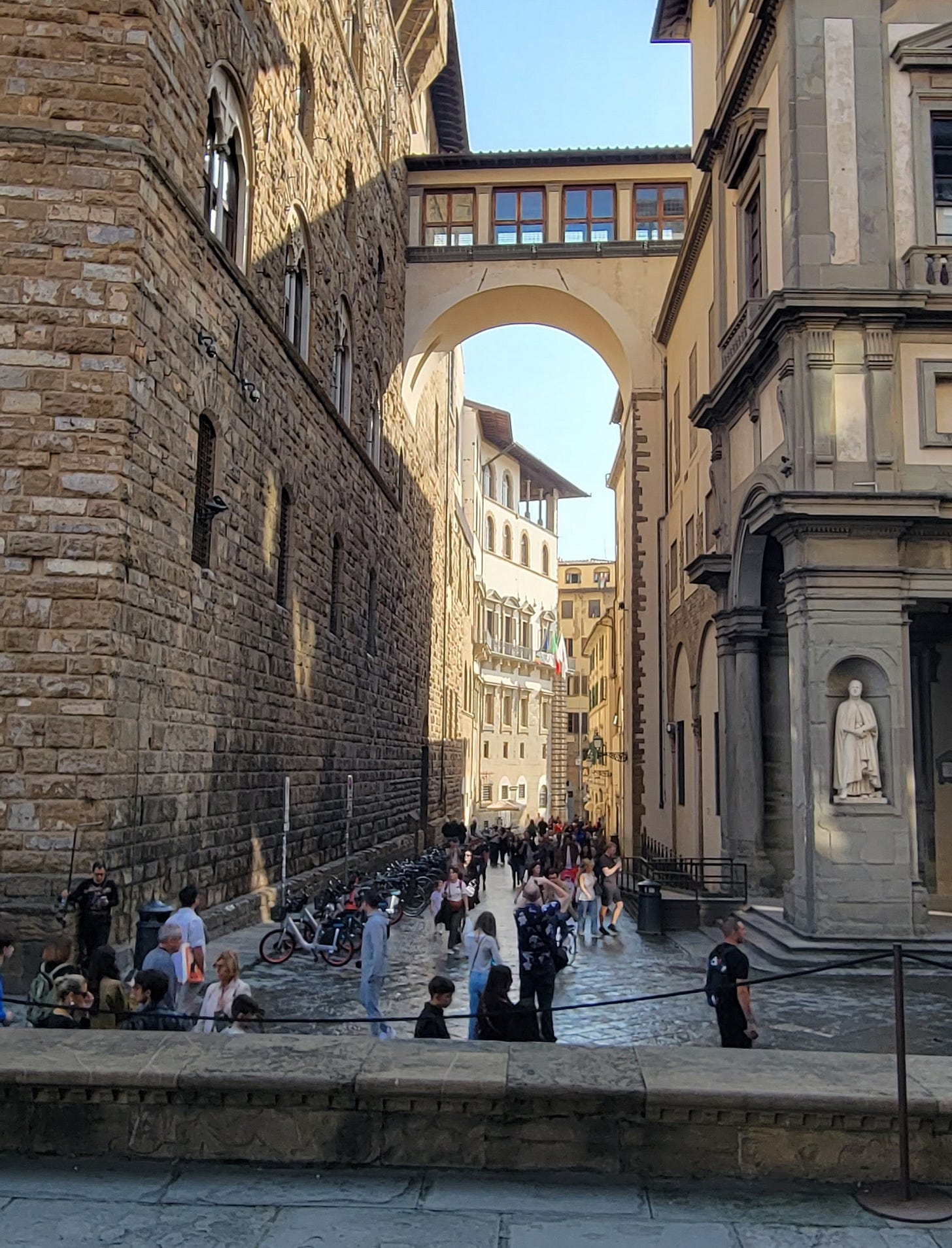
High above the throngs of tourists gathered around the Fountain of Neptune in Florence’s famous Piazza della Signoria, or shopping along the Ponte Vecchio or strolling through the Boboli Gardens, glides a 460-year-old engineering marvel.
The Vasari Corridor, a one-kilometer long aerial enclosed walkway, would be an impressive feat of construction even if it were built today.
Constructed in 1565 on the orders of Cosimo I de Medici, its stated purpose was to allow the wealthy, out-of-town guests to the wedding of his son, Francesco, to navigate the city unbothered by grubby commoners. But some historians speculate it was really to protect he and his family from attacks from citizens unhappy with his rule.
(His predecessor, Grand Duke Alessandro, had just reconquered the city-state in 1531, putting a final end to the Republic of Florence, and was assassinated there six years later.)
Named for its architect—Giorgio Vasari—the corridor exits the south wall of the Palazzo Vecchio, long the seat of city government, to connect to the Uffizi Galleries, proceeds through to the other side of them, then hangs a left at the river, continues above the road bordering the Arno River, makes another left at a 90-degree angle to run above the gold merchants' shops lining the Ponte Vecchio, and then winds through the rooftops of the Oltrarno neighborhood, and along the exterior of the Boboli Gardens, to end at the Palazzo Pitti, the historic home of the powerful Medici family.
Today, tourists and city residents alike stroll through elegant arches at ground level, while any lucky guests to the passageway above can proceed concealed from view.1
It’s but one example of the thousands of ways the extravagance of the Medicis continues to awe people all over the world, almost three centuries after the end of the dynasty.
In his day, Cosimo I de Medici was one of the richest and most powerful men on the planet. He was ruler of first Florence, then the entirety of Tuscany, during the Renaissance, when it was a major center of global trade and finance.
His ancestors, founders of the Medici Bank, had long held most of the power in Florence, even when unofficially, and helped make it one of the most powerful trading centers in Europe. Counted among their number were four popes and two queens of France.
Cosimo, like most of the Medici rulers, indulged a passion for the arts, architecture, and education.
The Uffizi, created as an administrative building, is now a gallery housing one of the world’s most important art collections—comprised of objects that were either commissioned or purchased by the Medici family.
Cosimo was a patron of many now-famous artists and architects, including Benvenuto Cellini, Pontormo, Bronzino, Baldassarre Lanci, and historians Scipione Ammirato and Benedetto Varchi.
He funded the renovation of the Pitti Palace and the Boboli Gardens, an extensive formal garden and park that is located behind the palace in the middle of the city.
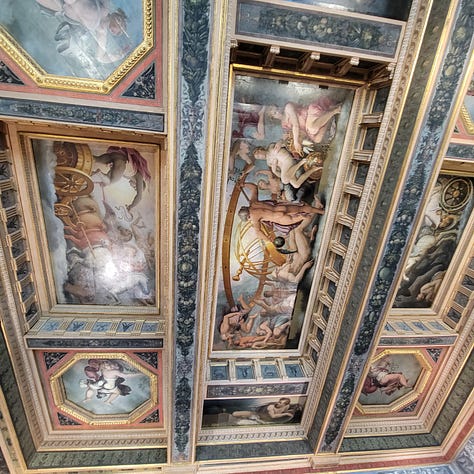
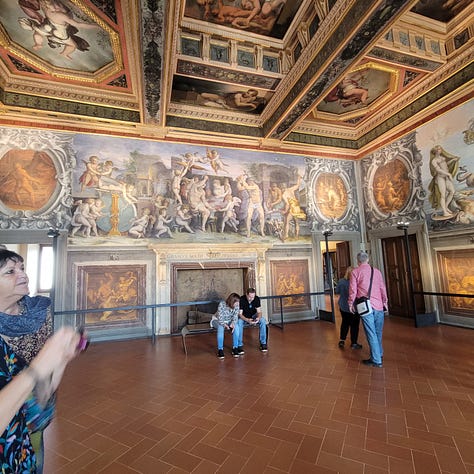
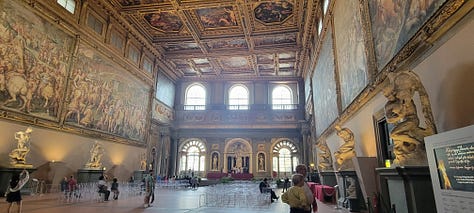
Walking through the Loggia dei Lanzi at midmorning on a Monday, I wondered what it must be like for ordinary Firenzians to live and work among such incredible works of architecture and art.
Imagine if the main meeting room of your city hall contained huge Renaissance frescoes from floor to ceiling, as well as multiple sculptures by Michelangelo.2
An open-air sculpture garden houses masterworks like Cellini’s Perseus with the head of Medusa and Giambologna’s Hercules and Nessus alongside Roman and Greek relics from antiquity.
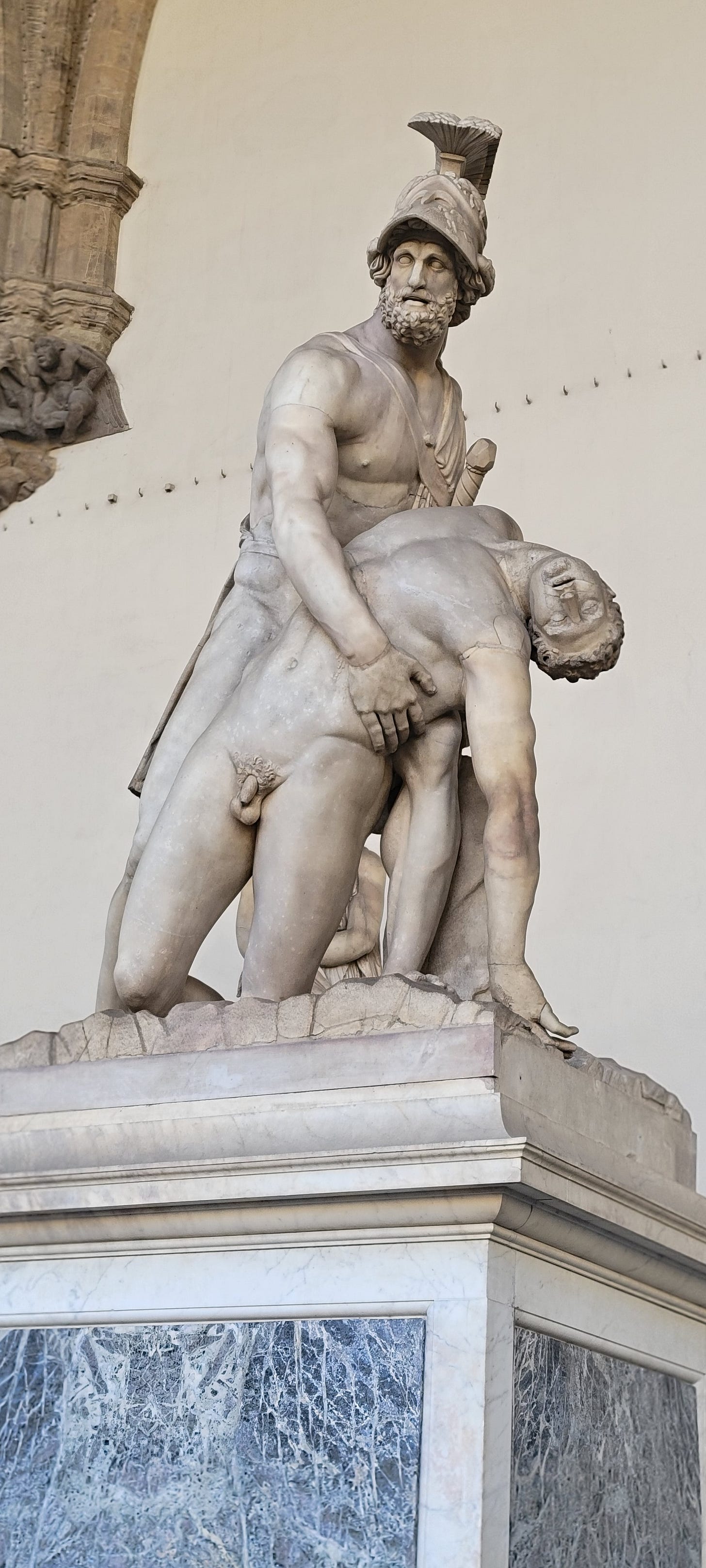
More than 450 years after Cosimo’s death, tourists from all over the world still crowd the city to marvel at the sights, many of which were put there by him.
It made me wonder about the super-wealthy of our age. In five hundred years, what legacy will they leave?
Will Elon Musk really have colonized Mars?
In 2012, Oracle founder Larry Ellison (listed as the world’s 2nd richest man) purchased 98 percent of the Hawaiian island of Lanai, reportedly to build an environmentally friendly resort and fund development of a sustainable agricultural industry. So far, not much progress has been reported.
Jeff Bezos has founded a space exploration company primarily noted for sending wealthy tourists on joyrides into Earth’s upper atmosphere.
Maybe Mark Zuckerberg is housing a world-class art collection in one of his extensive basement bunkers—but we’re unlikely to ever know.
It often seems like today’s mega-wealthy billionaires are not interested in how future generations will see them—possibly because they envision a future in which the technology they develop has made other humans obsolete.
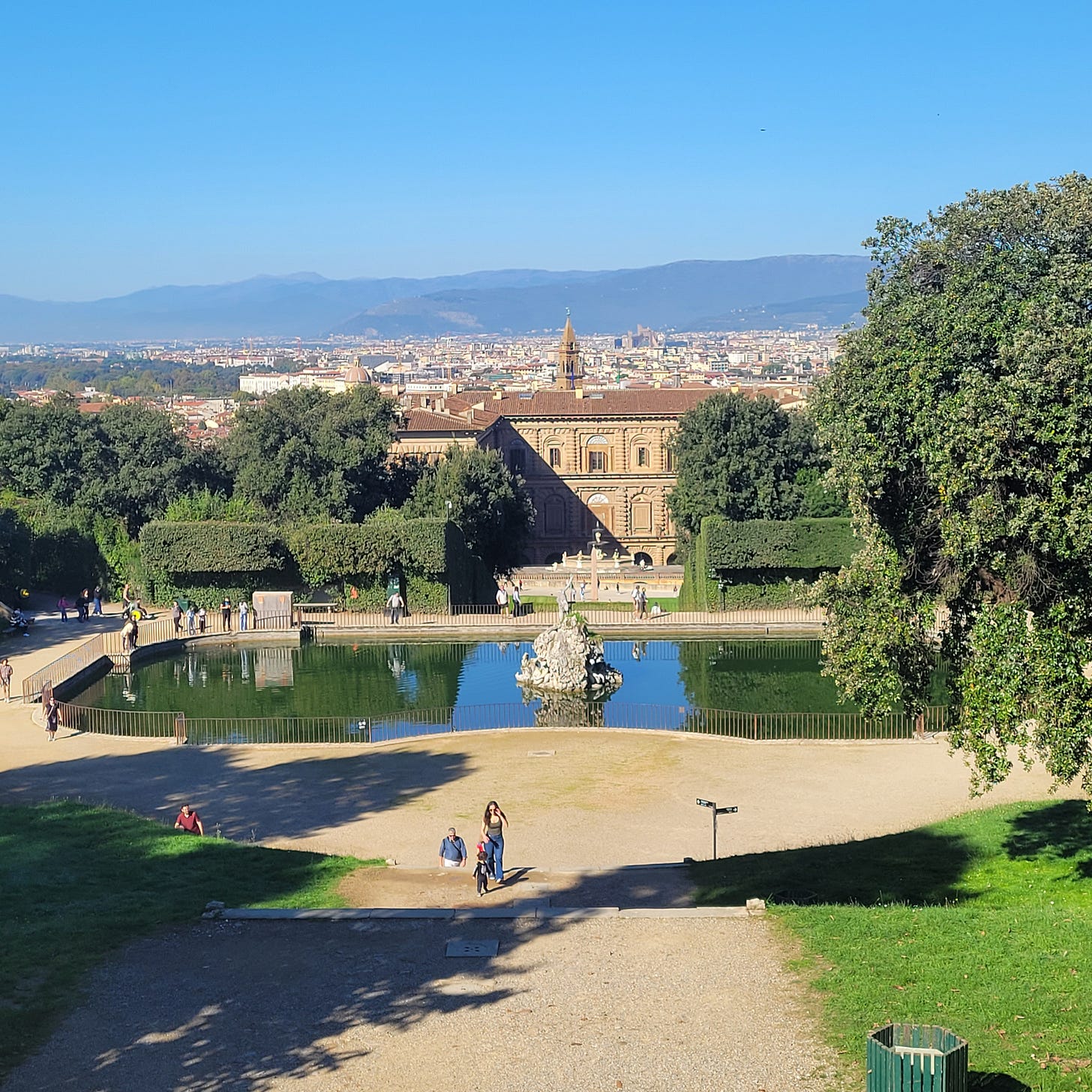
To be fair, Cosimo de Medici was probably motivated more by glorifying himself, his family, and reinforcing their hold on power than on any benevolence toward the citizens of Florence.
They were just the fortunate recipients of the byproducts of his compulsion for ostentatious displays of wealth, fortunately coupled with good taste.
The elaborate Boboli Gardens, for example, so revered and well-visited today, were created exclusively for the enjoyment of his family. There is no record of the Medici ever holding parties or banquets or even inviting friends to see them.
They weren’t opened to the public until 1766 during the reign of Grand Duke Peter Leopold of Lorraine (the Grand Duchy of Tuscany having earlier passed away from the House of Medici to the related House of Habsburg-Lorraine).
Cosimo also did not create Florence as a center of art, culture and science, so much as continue to support and encourage the environment that was already flourishing there.
Leonardo da Vinci lived and worked in Florence for most of his life, dying in 1519, before the Medicis returned to power.
And Michelangelo’s David was commissioned in 1501 by the Signoria of Florence—the republican government that ruled Florence before it was reconquered by Alessandro in 1530. It stood outside the Palazzo Vecchio (then called the Palazzo Signoria) until it was moved to the Galleria dell’Accademia in 1873.
You could see Cosimo and his powerful descendants as much products of Florentine culture as they were sponsors of it.
So maybe societies end up with the rich megalomaniacs they deserve.
I wonder what ours say about us?
The Vasari Corridor was closed for renovations from 2016 until reopening just this past December.
The Salone dei Cinquecento (Hall of the Five Hundred) used to hold murals painted on site by both DaVinci and Michelangelo, but these were damaged and lost to time. Rumor has it that Vasari—before painting his murals—had a wall built over the damaged DaVinci and it remains hidden there to this day.



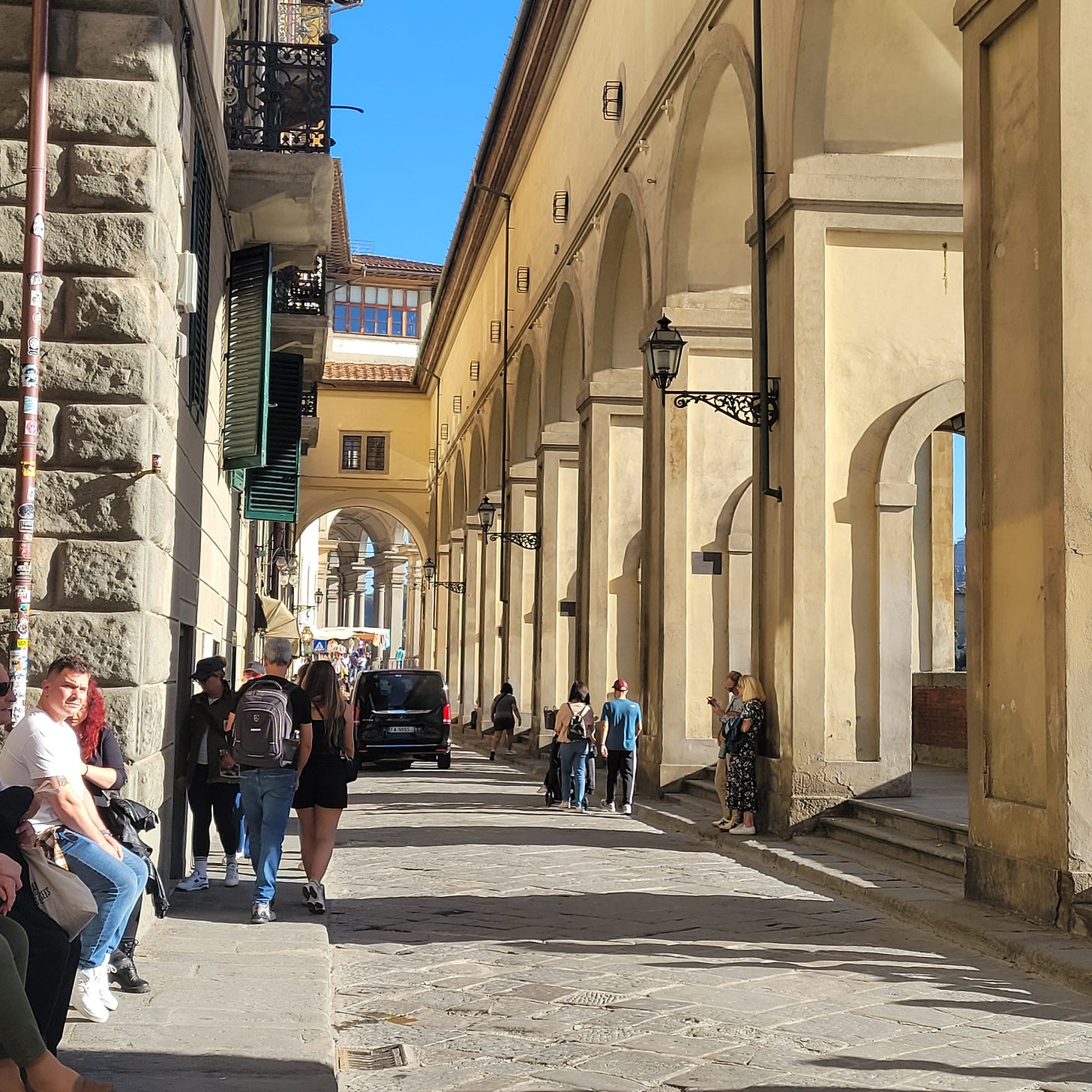
It would be great if Musk could get us to Mars. And, it's his money, but I think there are better uses for his wealth than sending rich people to the edge of space and back.
Regarding AI, I just hope the Robots don't enslave us.....